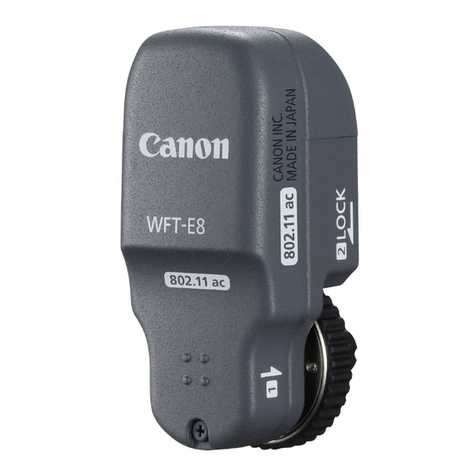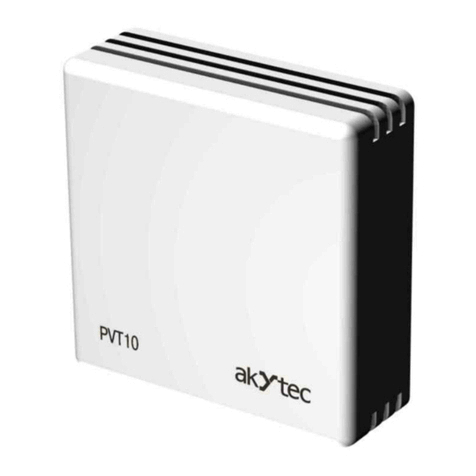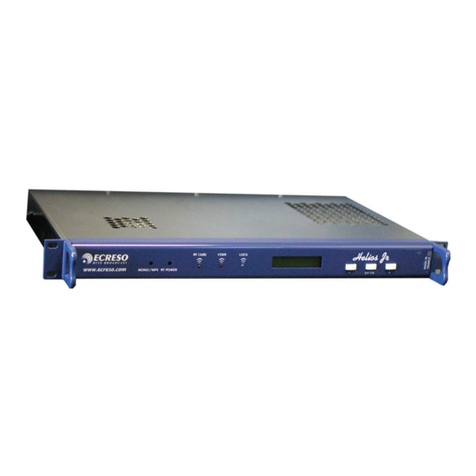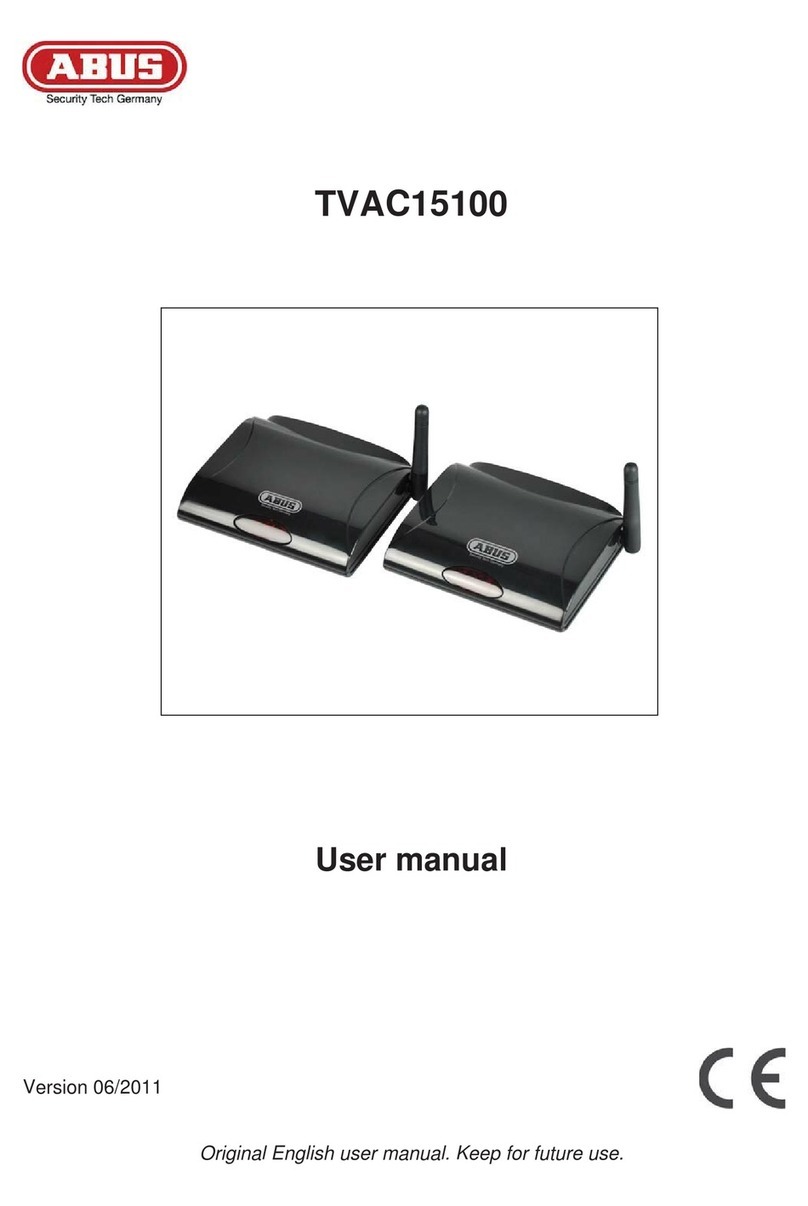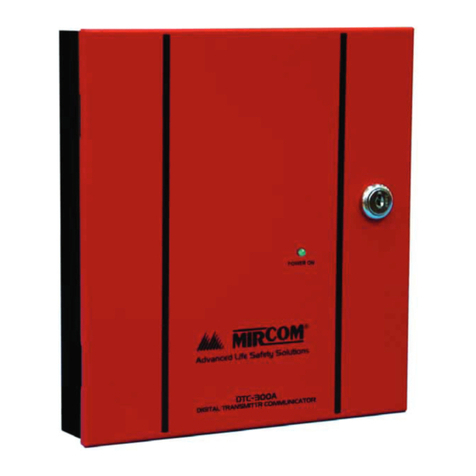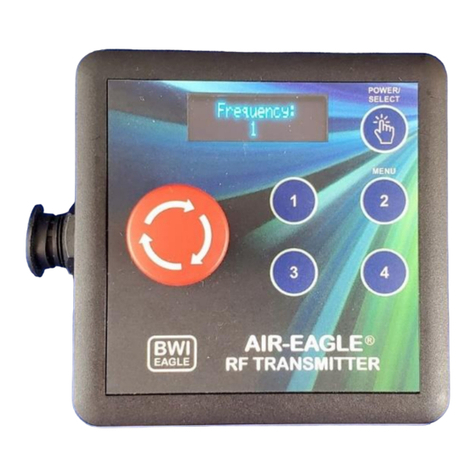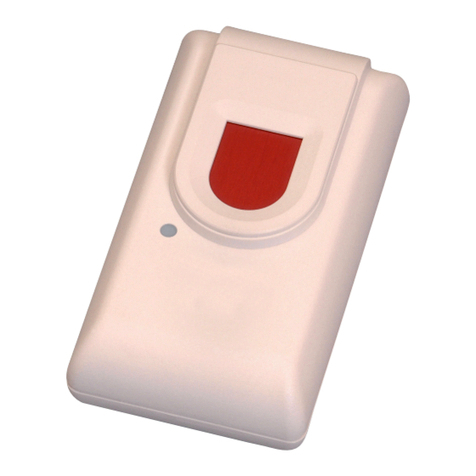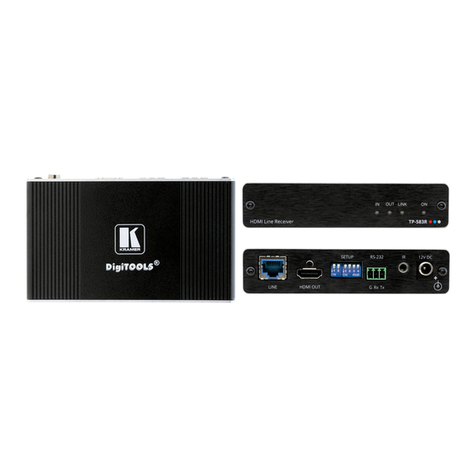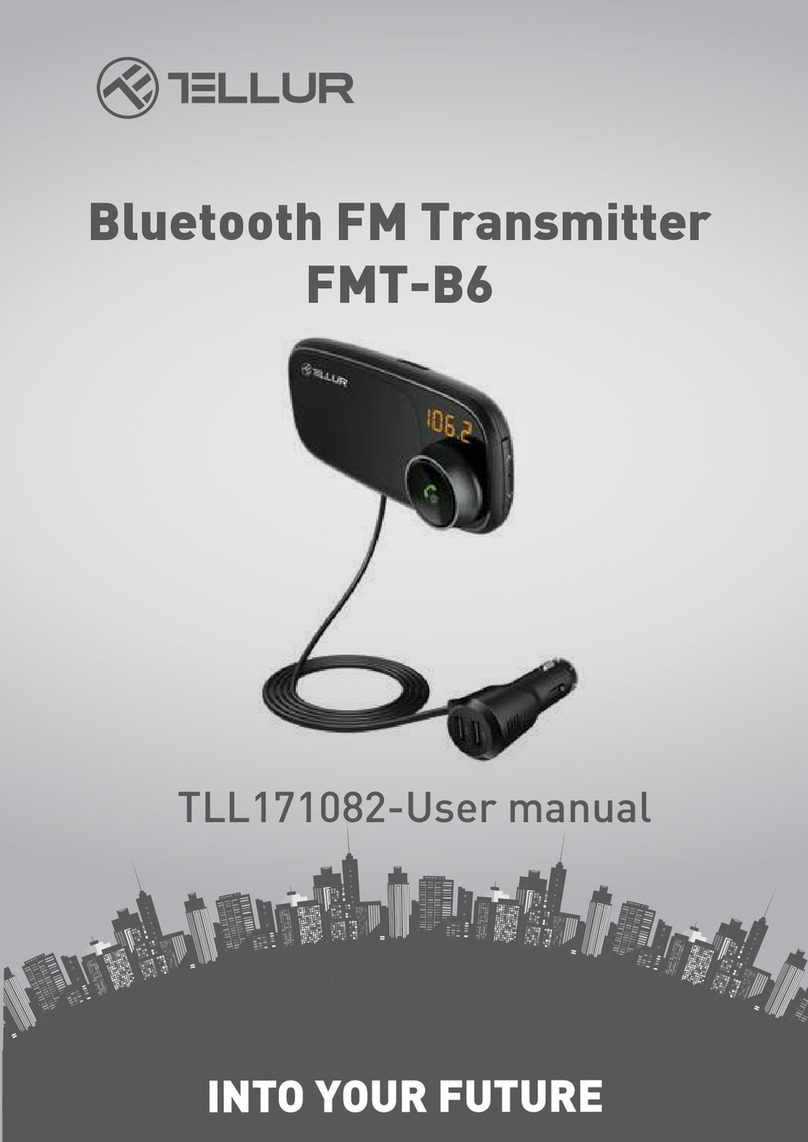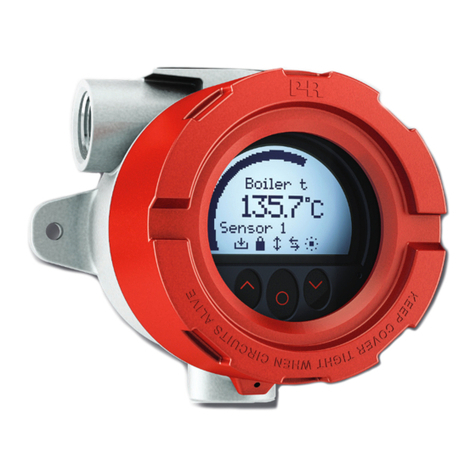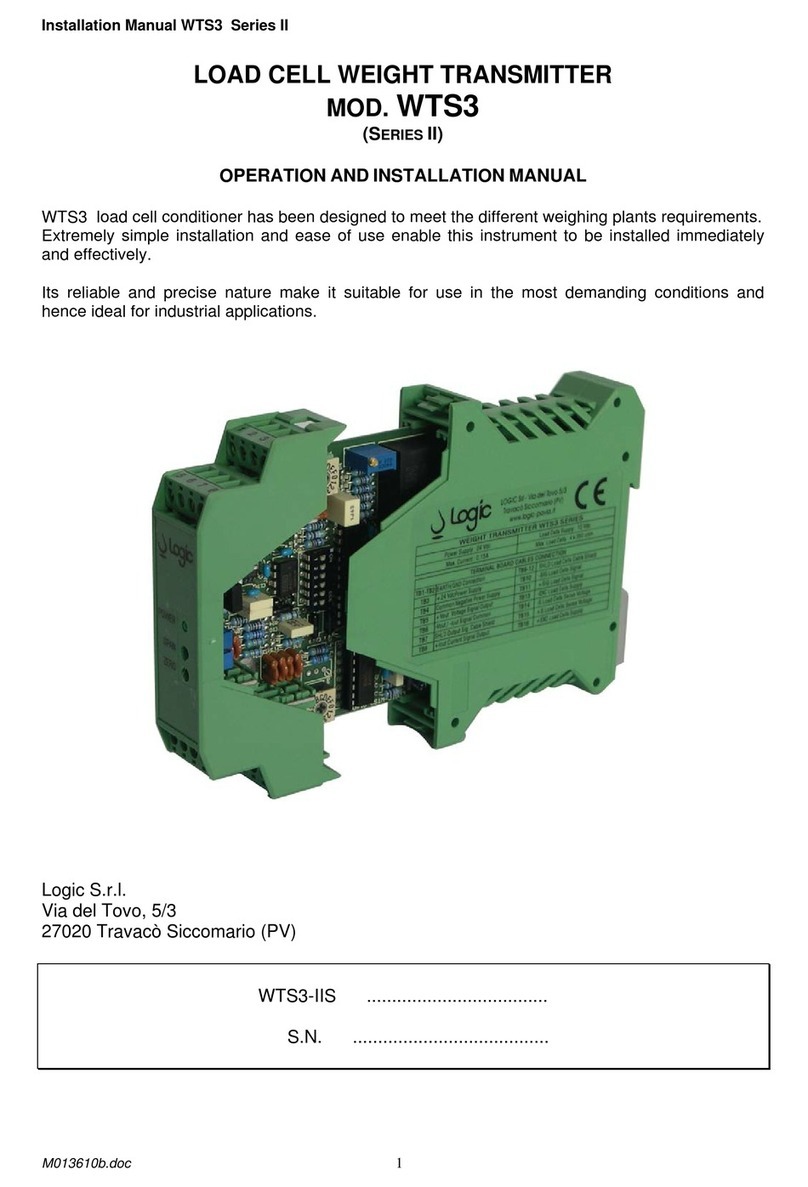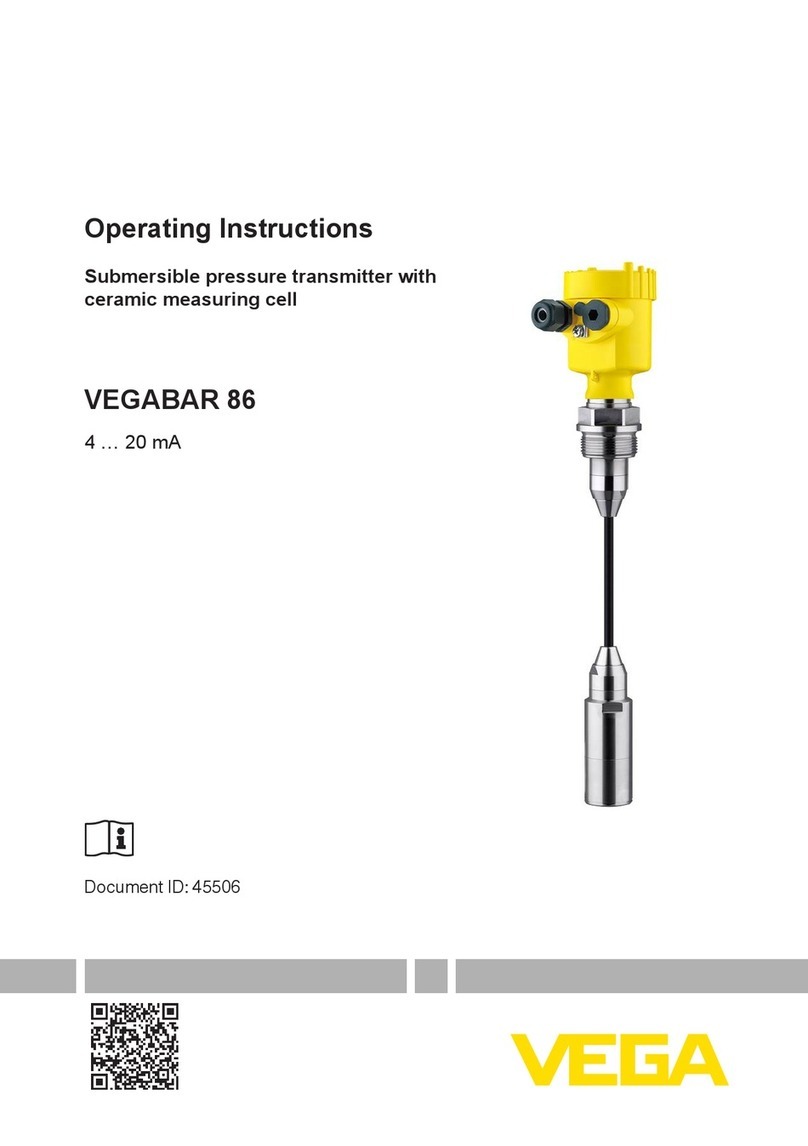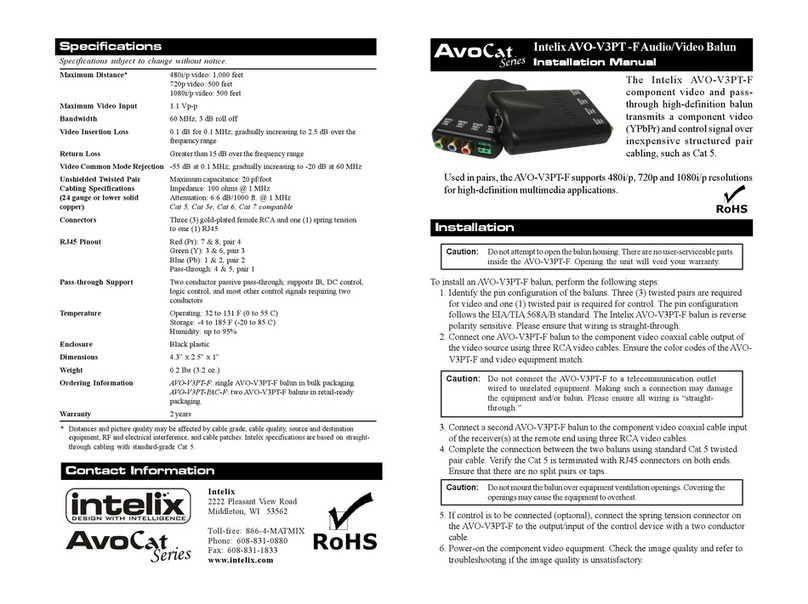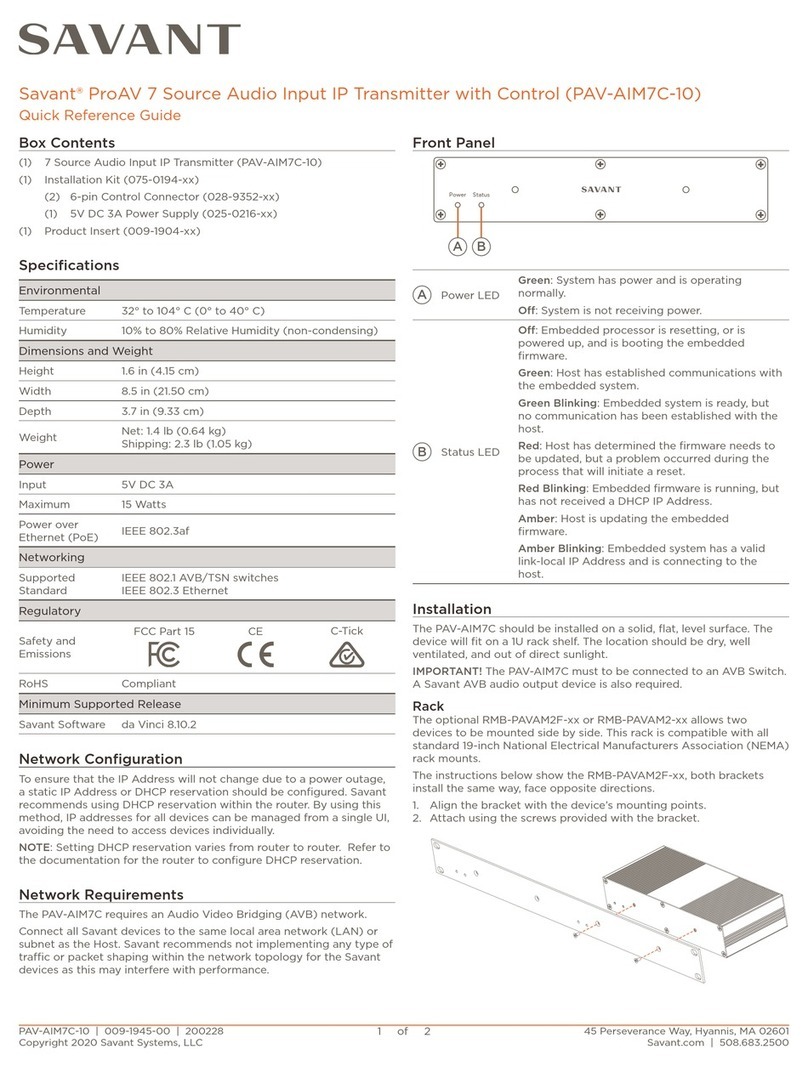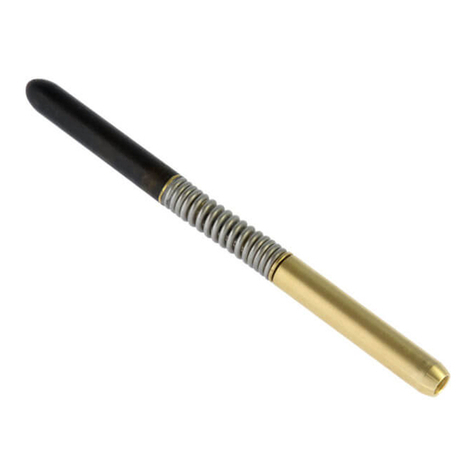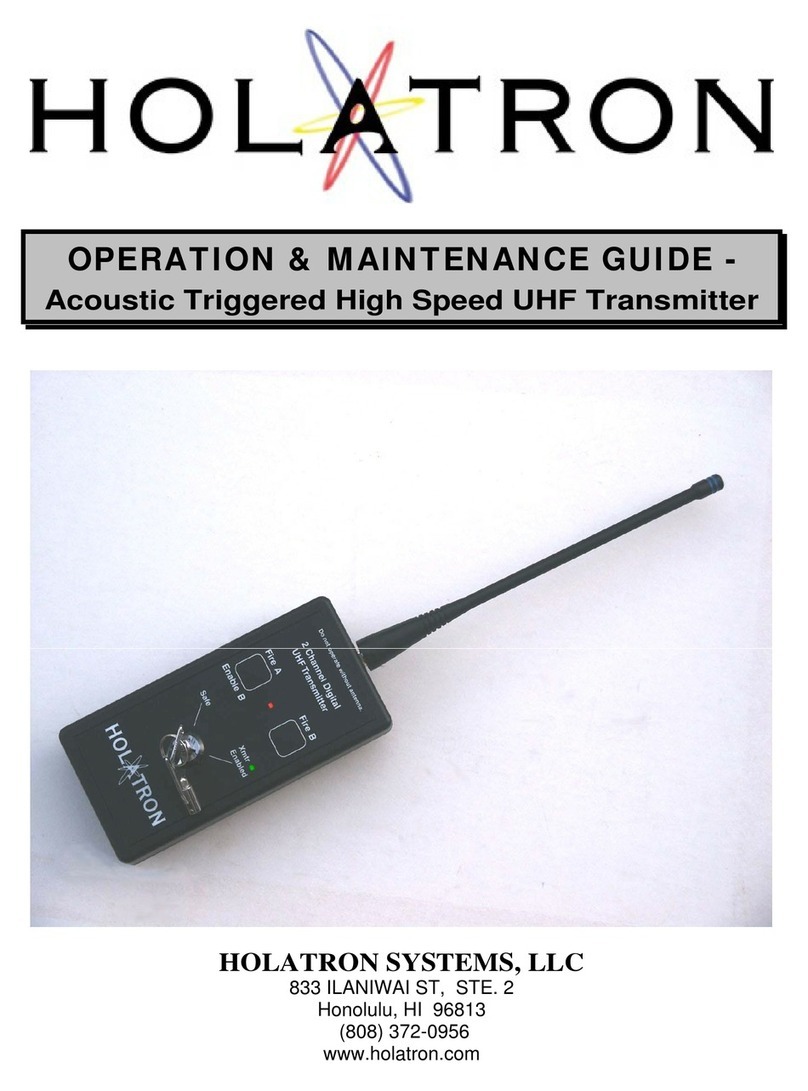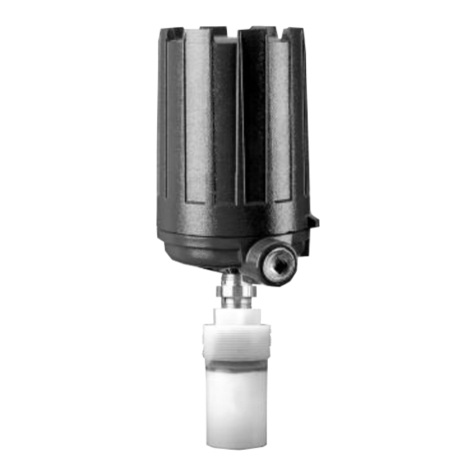Jung FUS22UP User manual

Universal radio transmitter, L conductor
Radio Management
Universal radio transmitter, L conductor
Art. No. : FUS22UP
Operating instructions
1 Safety instructions
Electrical equipment may only be installed and fitted by electrically skilled persons.
Serious injuries, fire or property damage possible. Please read and follow manual fully.
Danger of electric shock. Always disconnect before carrying out work on the devise or
load. In so doing, take all the circuit breakers into account, which support dangerous
voltages to the device and or load.
The radio communication takes place via a non-exclusively available transmission path,
and is therefore not suitable for safety-related applications, such as emergency stop and
emergency call.
Do not connect any motors in parallel with the transmitter. Device can be damaged.
Do not shorten, extend or strip the antenna. Device can be damaged.
These instructions are an integral part of the product, and must remain with the end
customer.
2 Device components
Figure 1
(1) Radio-Transmitter
(2) LED
(3) Operating mode button
(4) Antenna
3 Function
System information
By statute, the transmitting power, the reception characteristics and the antenna cannot be
changed.
The range of a radio system from the transmitter to the receiver depends on various
circumstances.
1/10
82547943
J0082547943 04.08.2016

The range of the system can be optimised by selecting the optimal installation location, taking
into account the structural circumstances.
Figure 2: Reduced range due to structural obstacles
Example of penetration of various materials:
Material Penetration
Wood, Plaster, Plasterboard approx. 90%
Brick, Chipboard approx. 70%
Reinforced concrete approx. 30%
Metal, Metal grid approx. 10%
Rain, Snow approx. 1-40%
Intended use
- Radio transmitter for transmission of switching, dimming or blind movement commands to
suitable radio receivers
- Control via suitable switches or push-buttons
- Installation in appliance box to DIN 49073
Product characteristics
- When the inputs are controlled with mains voltage, the device transmits radio telegrams to
radio receivers which have been taught
- One or two radio channels, depending on the operating mode set
- Four operating modes can be set
Overview of the operating modes
- Operating mode A: 2-channel dimming, toggle
- Operating mode B: 2-channel switching
- Operating mode C: 1-channel dimming, blind
- Operating mode D: 1-channel blind
4 Operation
Dimming in operating mode A
This operating mode makes it possible to independently control two dimmer actuators each via
its own installation button, NO contact.
oPress connected push-button briefly or for a longer time.
Receiver responds depending on the length of the button-press:
2/10
82547943
J0082547943 04.08.2016
Radio Management
Universal radio transmitter, L conductor

less than 1 second Switch on/off
longer than 1 second Dim brighter/darker
iPressing the installation button causes the telegram type in the radio transmitter to change-
over. Therefore after local control on the radio receiver or control by another radio
transmitter the installation button may have to be pressed twice in order to achieve the
desired response.
Switching in operating mode B
This operating mode makes it possible to independently control two switch actuators via
switches or installation buttons, NO contact.
oPress connected switch or push-button.
The radio transmitter transmits switch-on telegrams upon closing and switch-off telegrams
upon opening.
Operation with a push-button executes the special function "bell operation".
Dimming and blind control in operating mode C
This operating mode makes it possible to control a dimmer actuator or a blind actuator via two
installation buttons, NO contact.
oPress connected push-button (figure 4) briefly or for a longer time.
Receiver responds depending on the length of the button-press:
Press Dimmer actuator Shutter actuator
Push-button 1, less than
1 second
Switch on Slat Up
Push-button 1, longer than
1 second
Dimming brighter Blind moves up
Push-button 2, less than
1 second
Switch off Slat Down
Push-button 2, longer than
1 second
Dimming darker Blind moves down
iFor suitable dimmers, pressing push-button 2 for longer than 1 second when the load is
switched off causes switch-on at minimum brightness.
Blind control in operating mode D
This operating mode makes it possible to control a blind actuator via a blind switch (figure 6) or
blind control (figure 7).
oOperate connected switch.
When the switch closes the radio transmitter transmits telegrams to move the blind up or
down. When it opens the blind stops.
5 Information for electrically skilled persons
5.1 Fitting and electrical connection
DANGER!
Electrical shock when live parts are touched.
Electrical shocks can be fatal.
Before working on the device, disconnect all the corresponding miniature
circuit breakers. Cover up live parts in the working environment.
3/10
82547943
J0082547943 04.08.2016
Radio Management
Universal radio transmitter, L conductor

Connecting and mounting the devices
Figure 3
Figure 4: Push-button connection diagram, operating modes A, B, C
4/10
82547943
J0082547943 04.08.2016
Radio Management
Universal radio transmitter, L conductor

Figure 5: Switch connection diagram, operating mode B
Figure 6: Blind switch connection diagram, operating mode D
5/10
82547943
J0082547943 04.08.2016
Radio Management
Universal radio transmitter, L conductor

Figure 7: Blind control connection diagram, operating mode D
iFor mounting outside of an appliance box, e.g. installation in surface-mounted junction
boxes, ensure sufficient protection against electric shock.
iThe radio transmitter may not be connected in parallel with a blind motor.
Maintain distance from large-area metal objects, e.g. metallic door frames.
oConnect radio transmitter according to connection diagram (figure 4), (figure 5), (figure 6)
or (figure 7). The connecting cables should be assigned as follows:
E1 (GY) Input 1 (grey)
E2 (BN) Input 2 (brown)
N (BU) N conductor (blue)
L (BK) External conductor (black)
oIf multiple miniature circuit breakers supply dangerous voltages to the device or load,
couple the miniature circuit breakers or label them with a warning, to ensure release is
guaranteed.
oSet operating mode (see Commissioning chapter). The set operating mode can be
changed at any time.
oInsert radio transmitter into appliance box.
oMount control and switch on mains voltage.
iLay the antenna stretched out freely if possible.
6/10
82547943
J0082547943 04.08.2016
Radio Management
Universal radio transmitter, L conductor

Using the lamp terminals
Figure 8: Stripping length
oStrip 9 - 11 mm of the cable (figure 8).
Figure 9: Connection of the fine-wire cable
oPush the terminal together on the side with the square opening and connect a fine-wire
cable (figure 9).
Figure 10: Connection of the single-stranded cable
7/10
82547943
J0082547943 04.08.2016
Radio Management
Universal radio transmitter, L conductor

oPush the single-stranded cable into the round opening on the installation side up to the
stop (figure 10).
5.2 Commissioning
DANGER!
Electrical shock when live parts are touched.
Electrical shocks can be fatal.
Before working on the device, cover up live parts in the working environment.
Poll operating mode
The transmitter has 4 operating modes that can be polled and changed using the operating
mode buttons.
oPress operating mode button (3) (figure 1) briefly.
The operating mode currently set is indicated by flashing of the LED (2) (figure 11).
Figure 11: LED indication of the operating modes
LED Operating mode / Function Control
1× brief flash per second for a
total of 5 seconds
A:
2 channel dimming, E1 and E2
Push-button
2× brief flash per second for a
total of 5 seconds
B:
2 channel switching, E1 and
E2
Push-button or switch
3× brief flash per second for a
total of 5 seconds
C:
1 channel dimming, E1/E2
Venetian blind, E1/E2
Push-button
4× brief flash per second for a
total of 5 seconds
D:
1 Channel blind, E1/E2
Blind switch or blind control
Presetting the mode of operation
oPress operating mode button (3) longer than 1 second (figure 1).
Radio transmitter changes over to the next operating mode.
iWait for indication of the operating mode by the LEDs (2) before pressing the operating
mode button again.
8/10
82547943
J0082547943 04.08.2016
Radio Management
Universal radio transmitter, L conductor

oIn order to change further between operating modes A, B, C and D, press operating mode
button again for longer than 1 second.
Teaching radio transmitter in receiver in operating modes A, C or D
In order for a radio receiver to understand a radio telegram from the radio transmitter, the
receiver has to "learn" this radio telegram. A channel of the radio transmitter can be taught in
any number of receivers. The teaching procedure only results in an assignment in the radio
receiver.
When teaching a transmitter, the range of the receiver is reduced to about 5 m. The distance
between the receiver and the transmitter being taught should therefore be between 0.5 m and 5
m.
oSwitch receiver to programming mode (see instructions for radio receiver).
oPress connected push-button or switch for longer than 1 second.
oExit programming mode of the receiver (see instructions for the radio receiver).
The radio transmitter has now been taught in the radio receiver.
Teaching radio transmitter in receiver in operating mode B
iBecause the switching telegrams in operating mode B are not suitable for teaching, the
operating mode has to be changed temporarily.
iThis operating mode is not suitable for activation of radio push-button actuators.
oSet transmitter to operating mode A.
oSwitch receiver to programming mode (see instructions for radio receiver).
oPress connected push-button or switch for longer than 1 second.
oExit programming mode of the radio receiver (see instructions for the radio receiver).
oSet radio transmitter to operating mode B.
The radio transmitter has now been taught in the radio receiver.
6 Technical data
Rated voltage AC 230V~
Mains frequency 50 / 60Hz
Ambient temperature -20 ... +55°C
Dimensions Ø×H 52×23 mm
Radio frequency 433.05MHz ... 434.79MHz
Transmission capacity < 10mW
Transmitting range in free field typ. 100m
7 Troubleshooting
Radio receiver does not respond, or only sometimes.
Cause: Radio range exceeded. Structural obstacles reduce the range.
Check the installation situation.
Check routing of antenna. Laying the antenna stretched out increases the range.
Using a radio repeater.
8 Conformity
Albrecht Jung GmbH & Co. KG hereby declares that the radio system type
Art. No. FUS22UP
corresponds to the directive 2014/53/EU. You can find the full article number on the device. The
complete text of the EU Declaration of Conformity is available under the Internet address:
www.jung.de/ce
9 Warranty
The warranty follows about the specialty store in between the legal framework as provided for
by law.
9/10
82547943
J0082547943 04.08.2016
Radio Management
Universal radio transmitter, L conductor

ALBRECHT JUNG GMBH & CO. KG
Volmestraße 1
58579 Schalksmühle
GERMANY
Telefon: +49 2355 806-0
Telefax: +49 2355 806-204
www.jung.de
10/10
82547943
J0082547943 04.08.2016
Radio Management
Universal radio transmitter, L conductor
Other manuals for FUS22UP
1
Table of contents
Other Jung Transmitter manuals
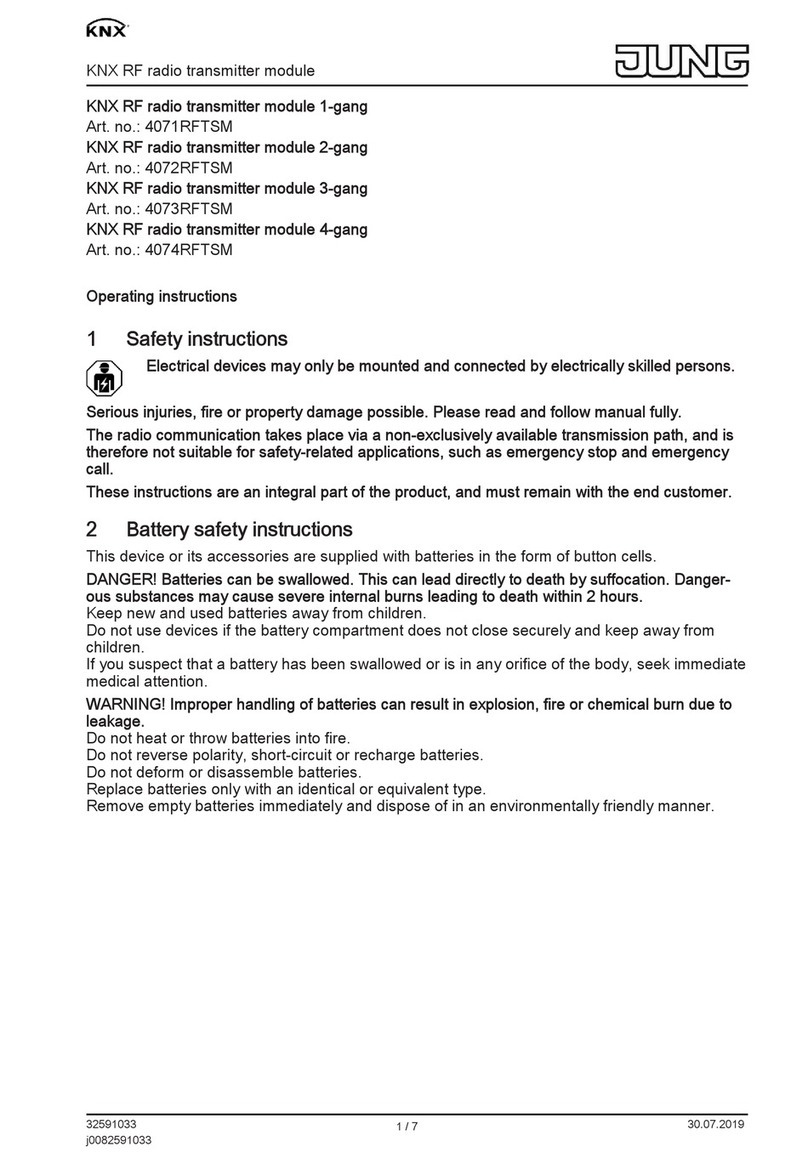
Jung
Jung KNX 4071RFTSM User manual

Jung
Jung FUS22UP User manual
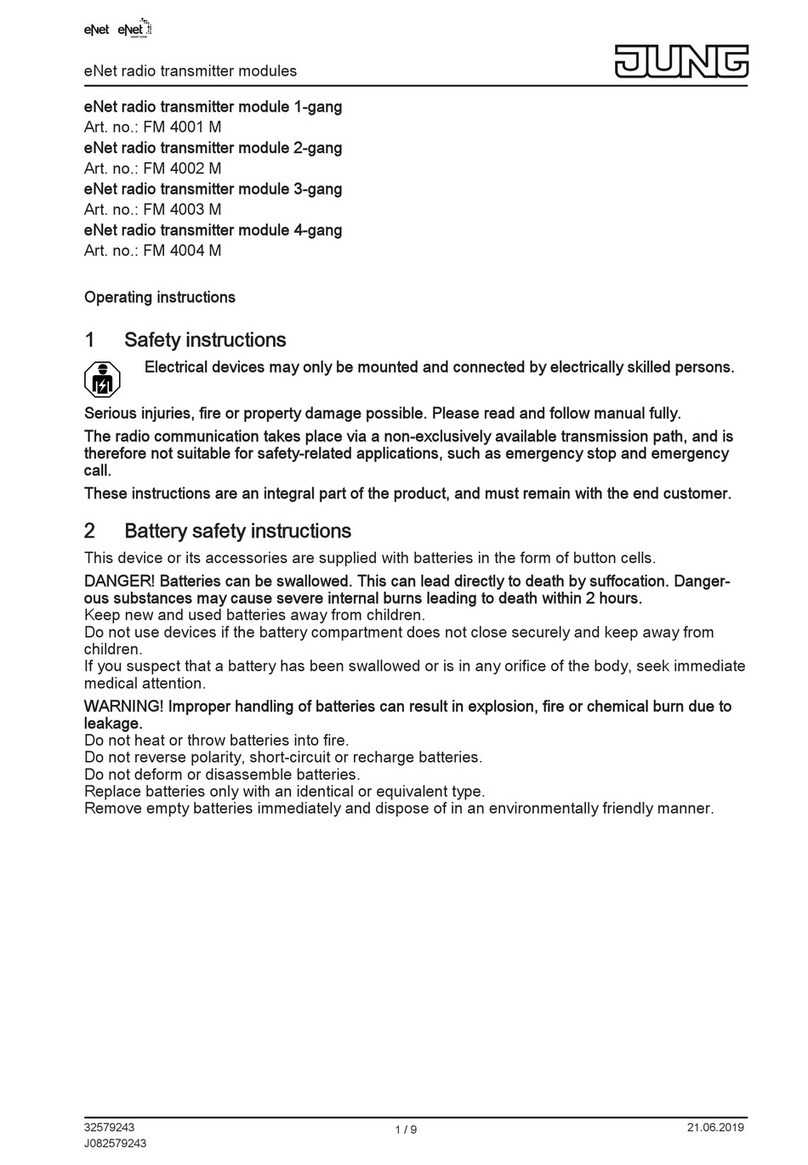
Jung
Jung eNet FM 4001 M User manual
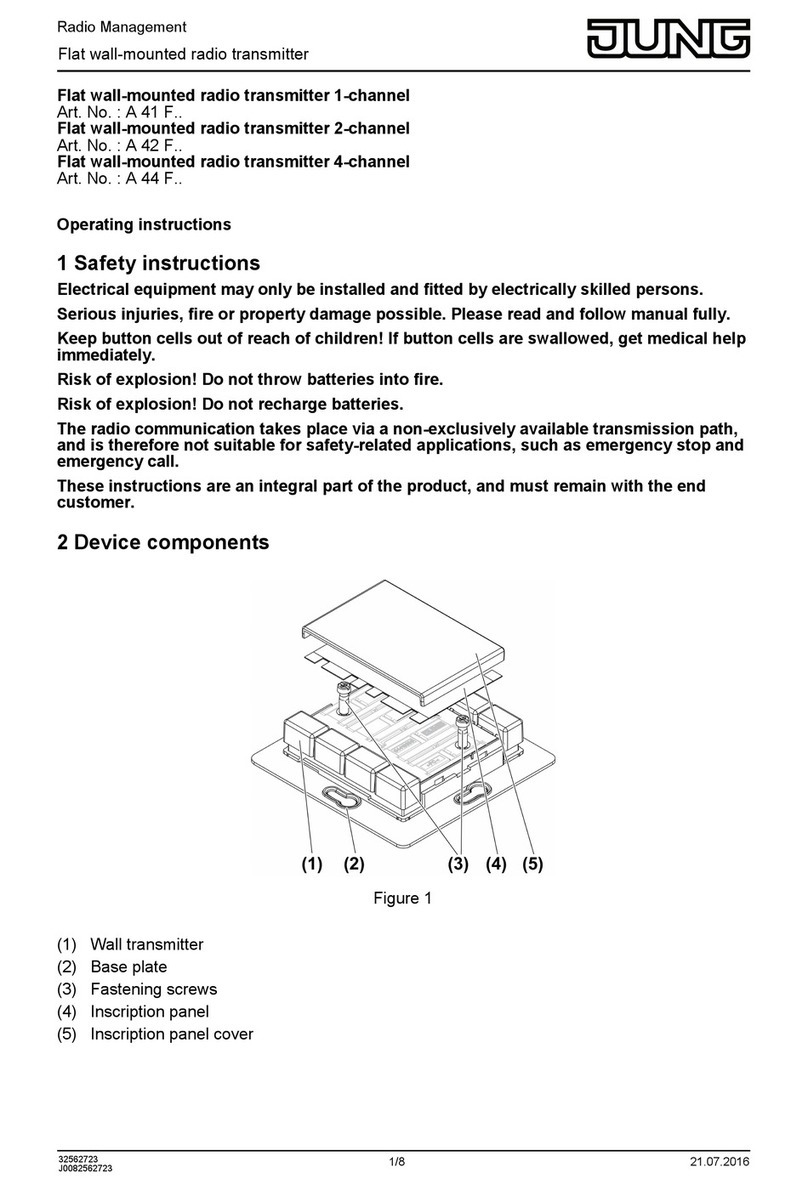
Jung
Jung A 41 F Series User manual

Jung
Jung HS2 RF User manual
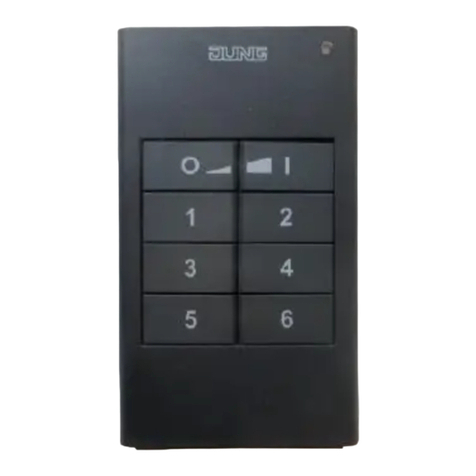
Jung
Jung ZLLHS4-01 User manual

Jung
Jung BLE 2990-L Series User manual
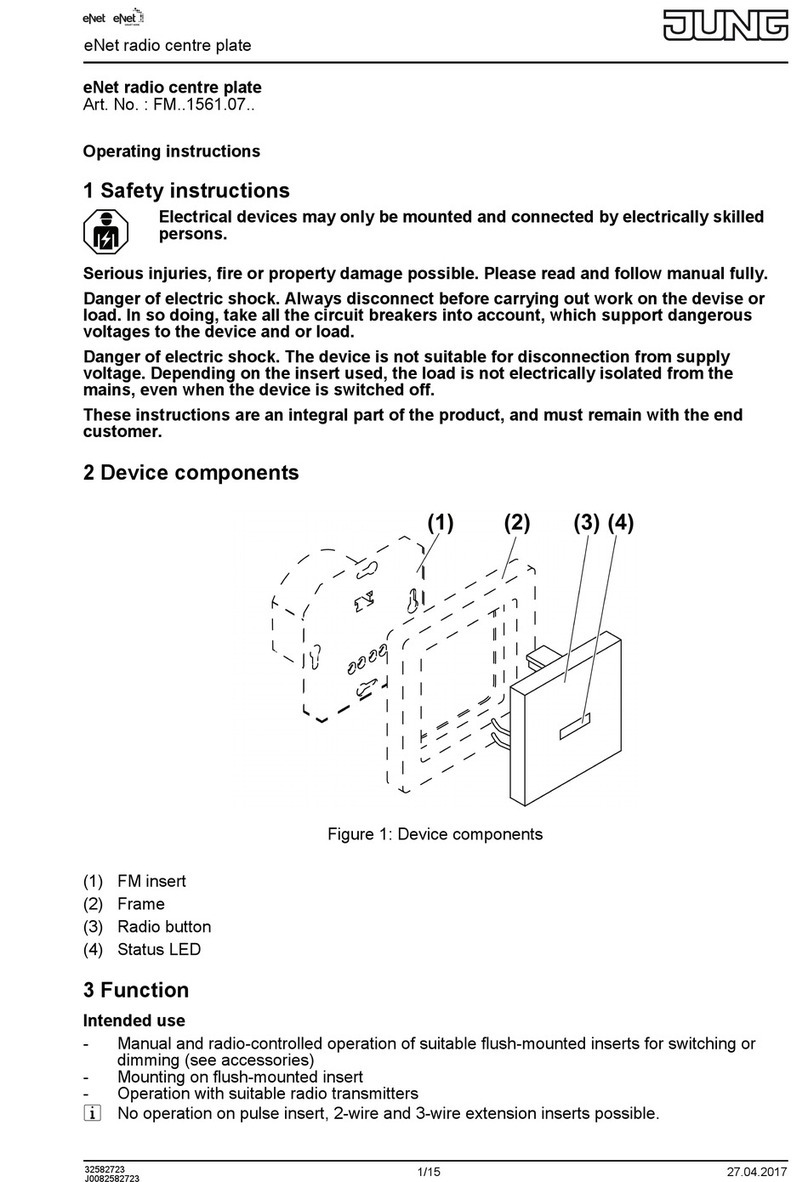
Jung
Jung FM Series User manual

Jung
Jung 42 FH User manual
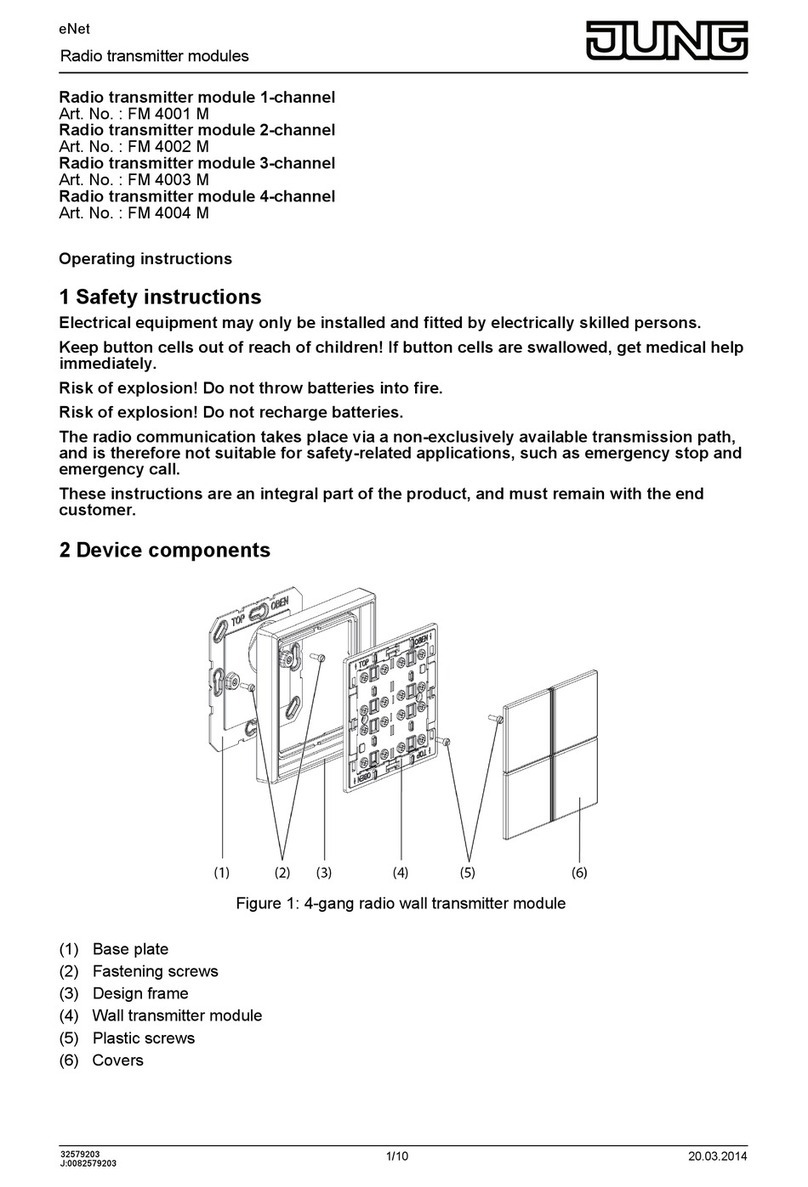
Jung
Jung FM 4001 M User manual
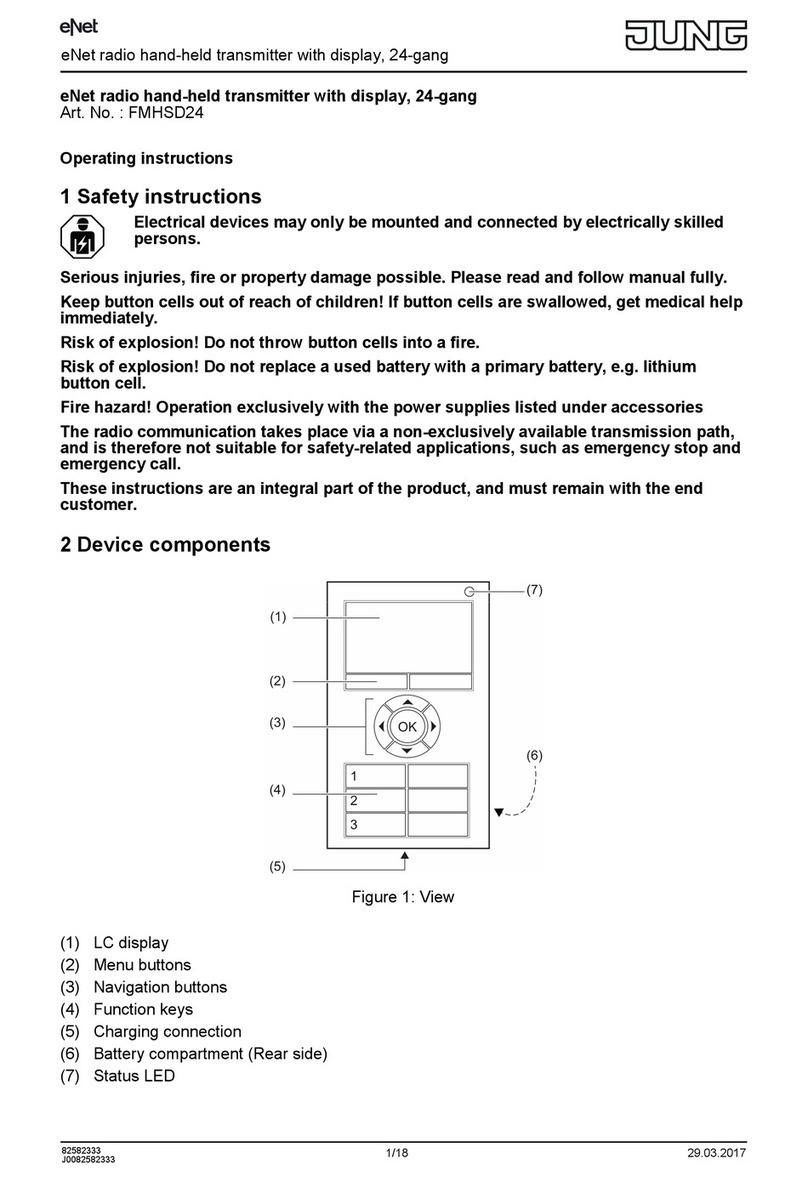
Jung
Jung FMHSD24 User manual
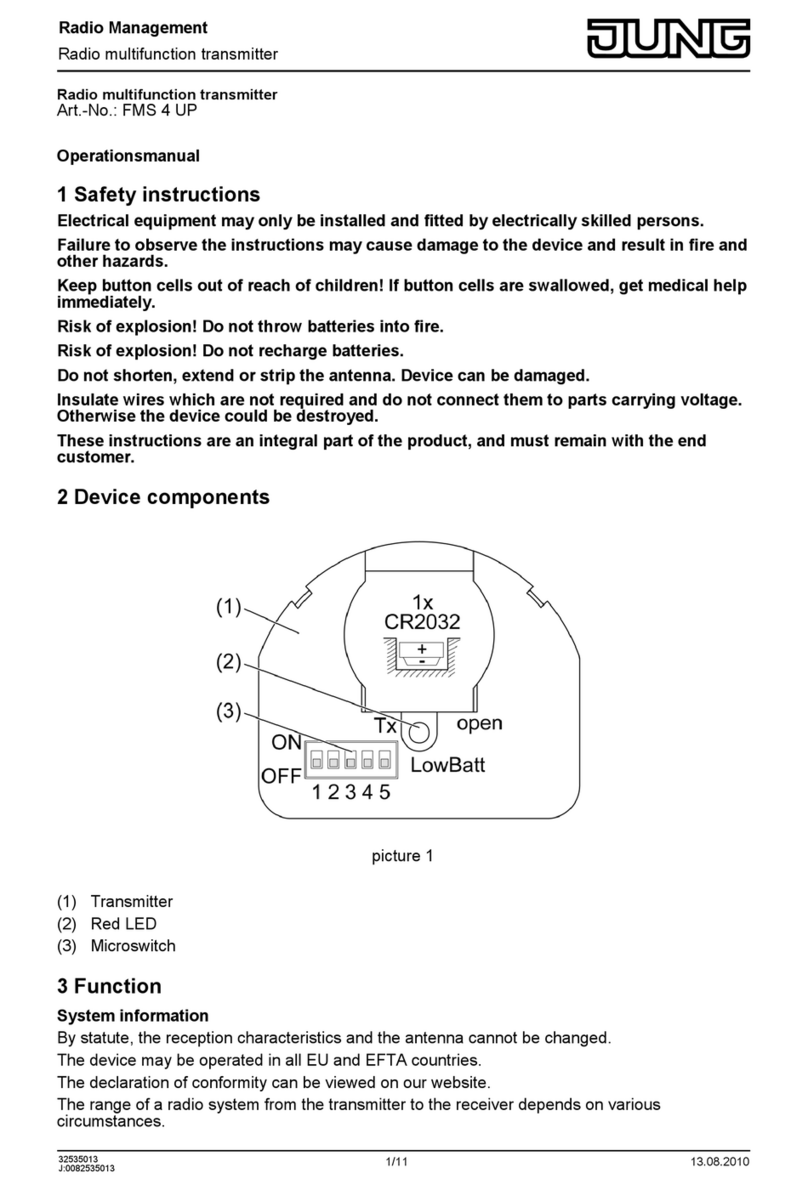
Jung
Jung FMS 4 UP User manual

Jung
Jung EnOcean ENO A 590 Series User manual
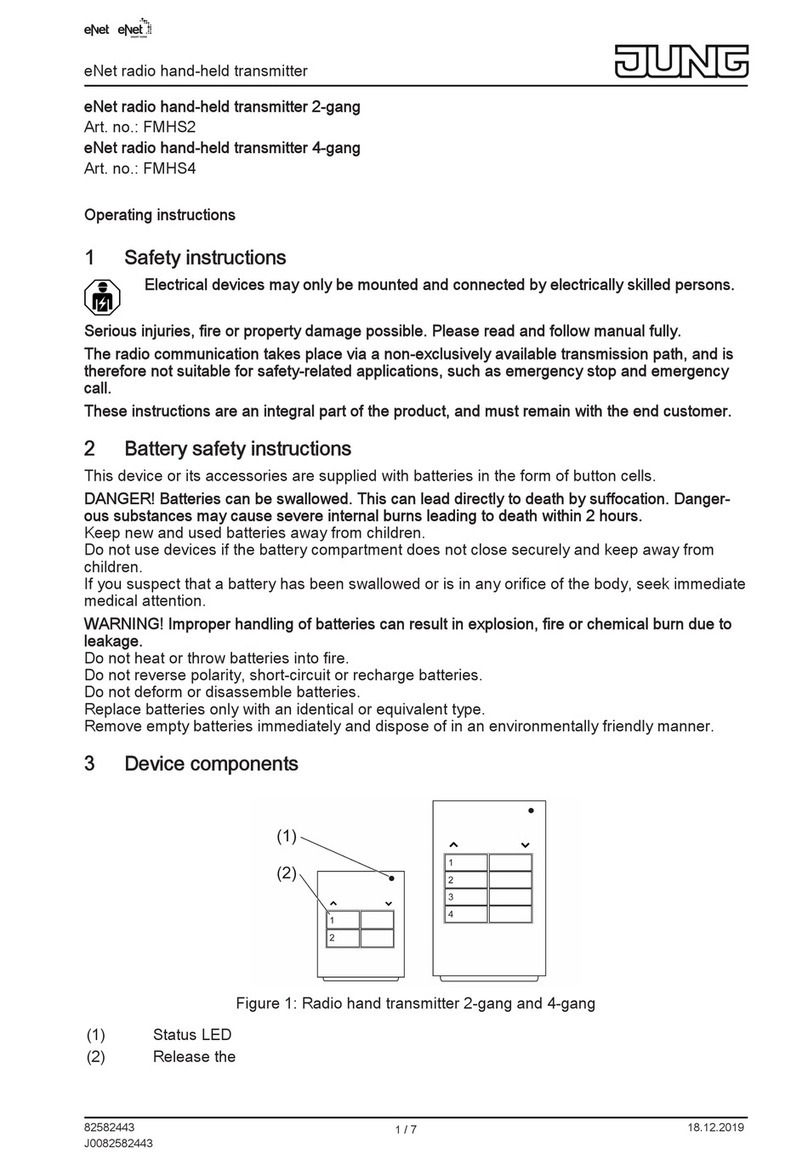
Jung
Jung eNet FMHS2 User manual
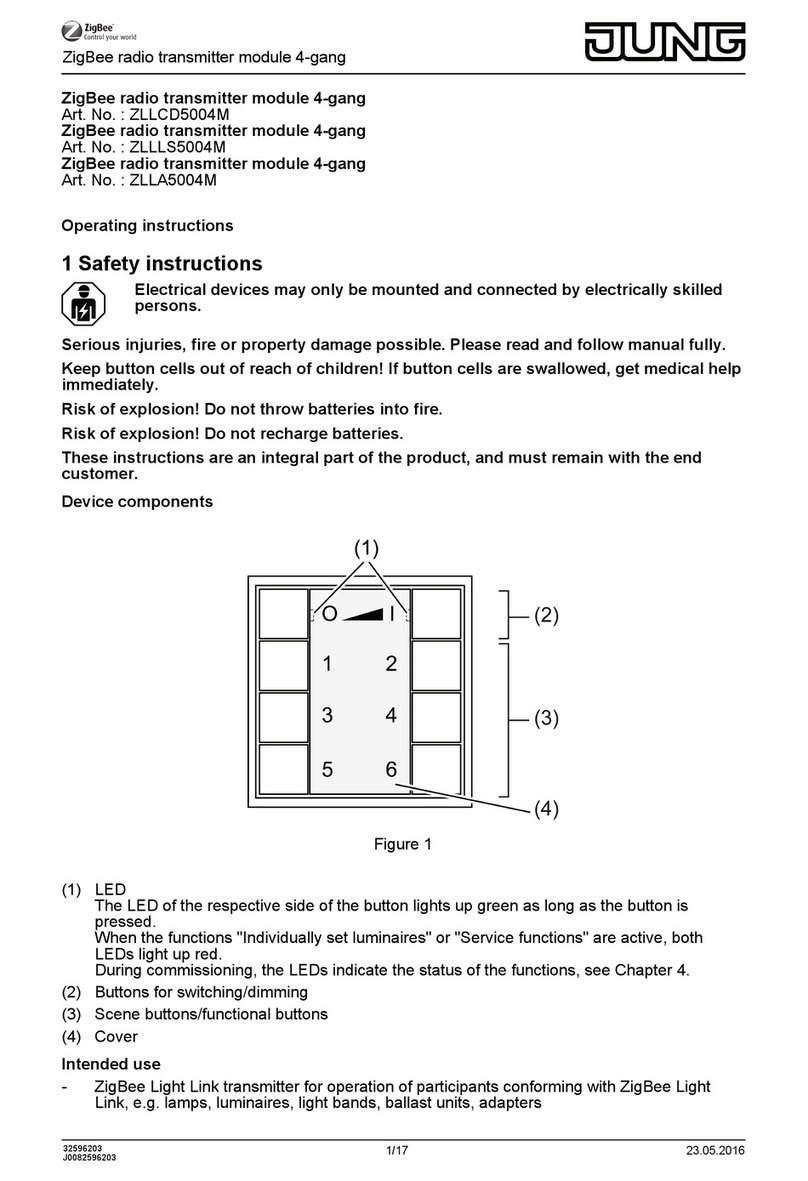
Jung
Jung ZLLCD5004M User manual
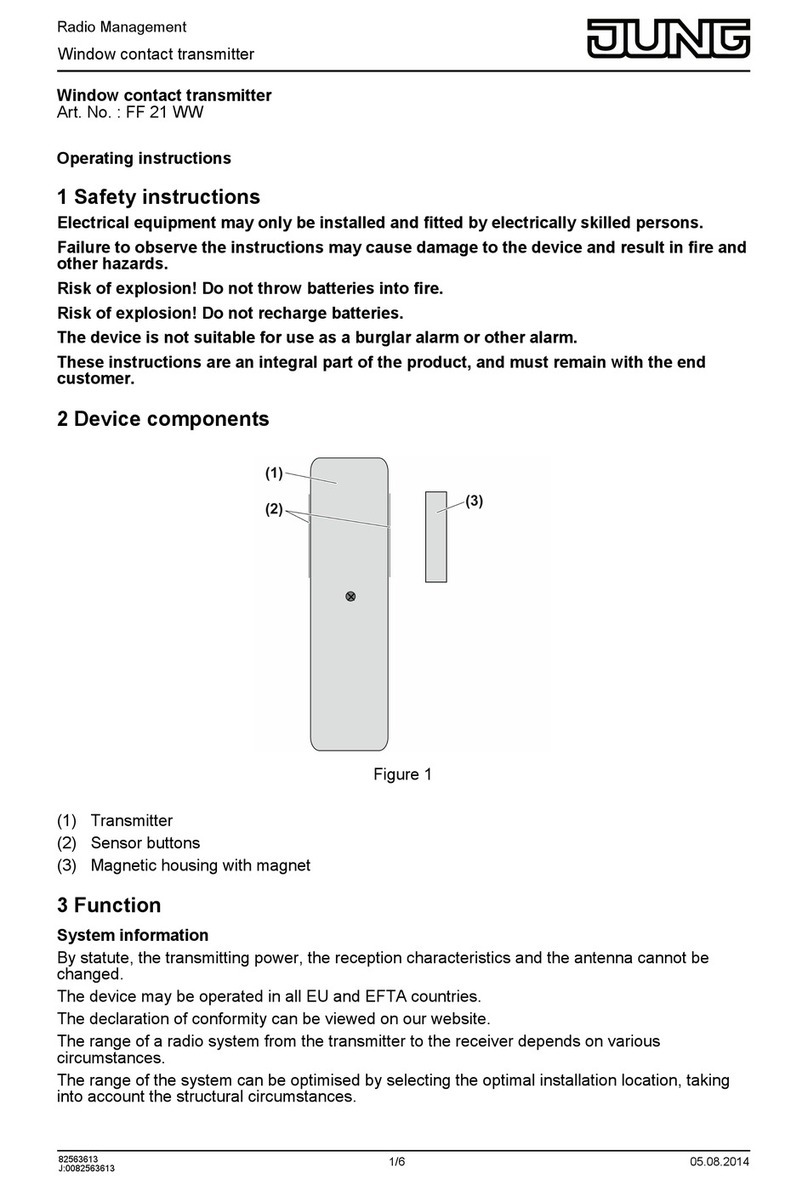
Jung
Jung FF 21 WW User manual
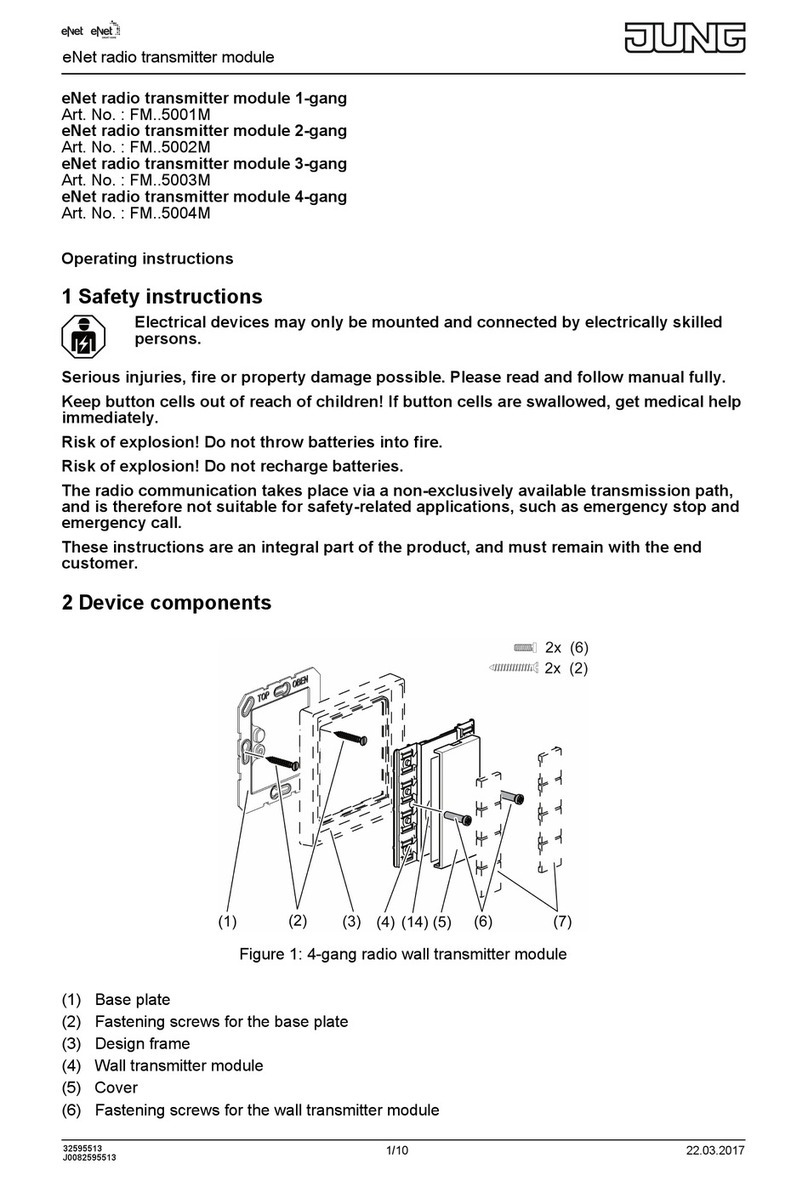
Jung
Jung FMx5001M Series User manual
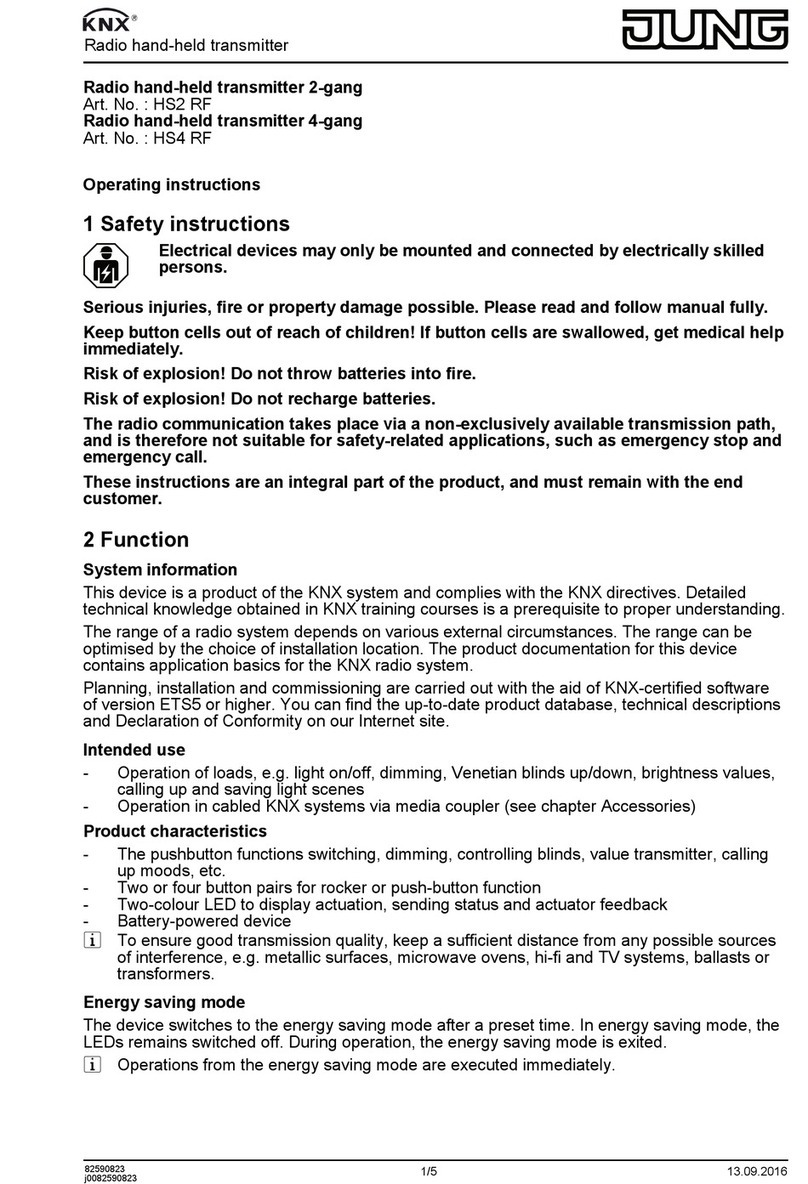
Jung
Jung HS2 RF User manual
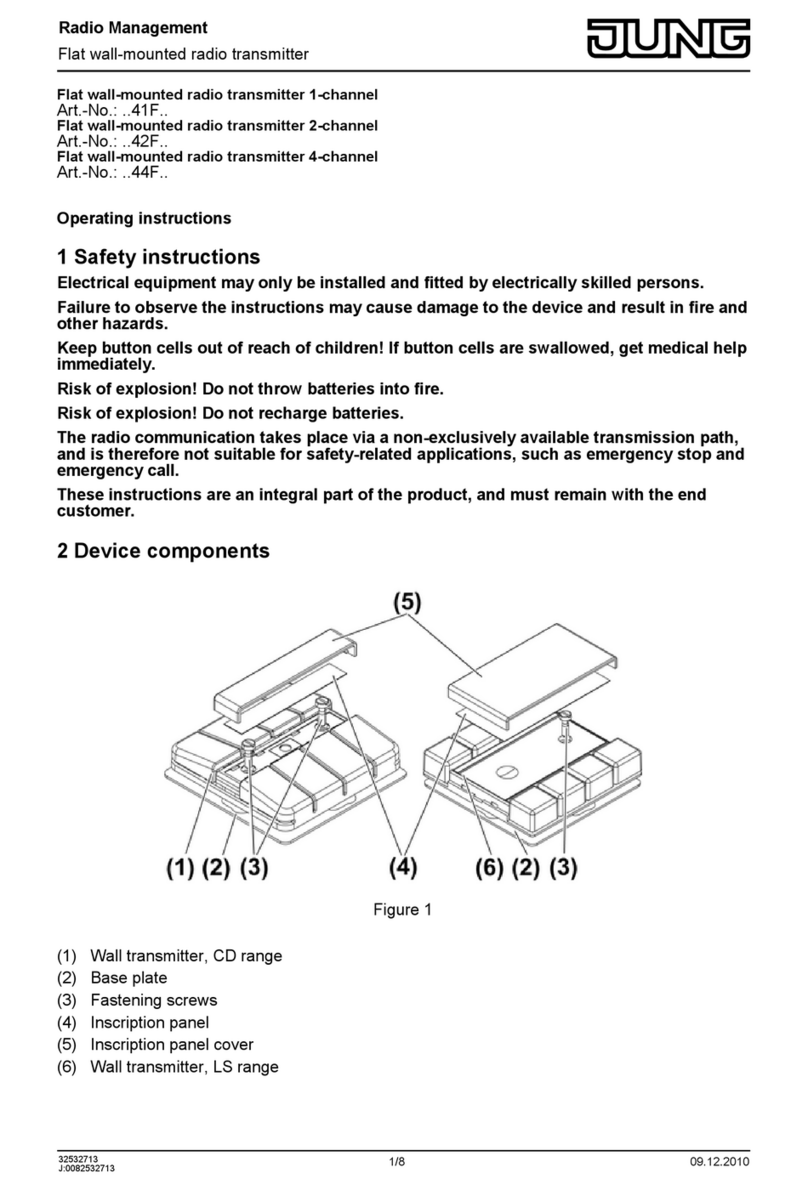
Jung
Jung 41F Series User manual

Jung
Jung FM4002M User manual
